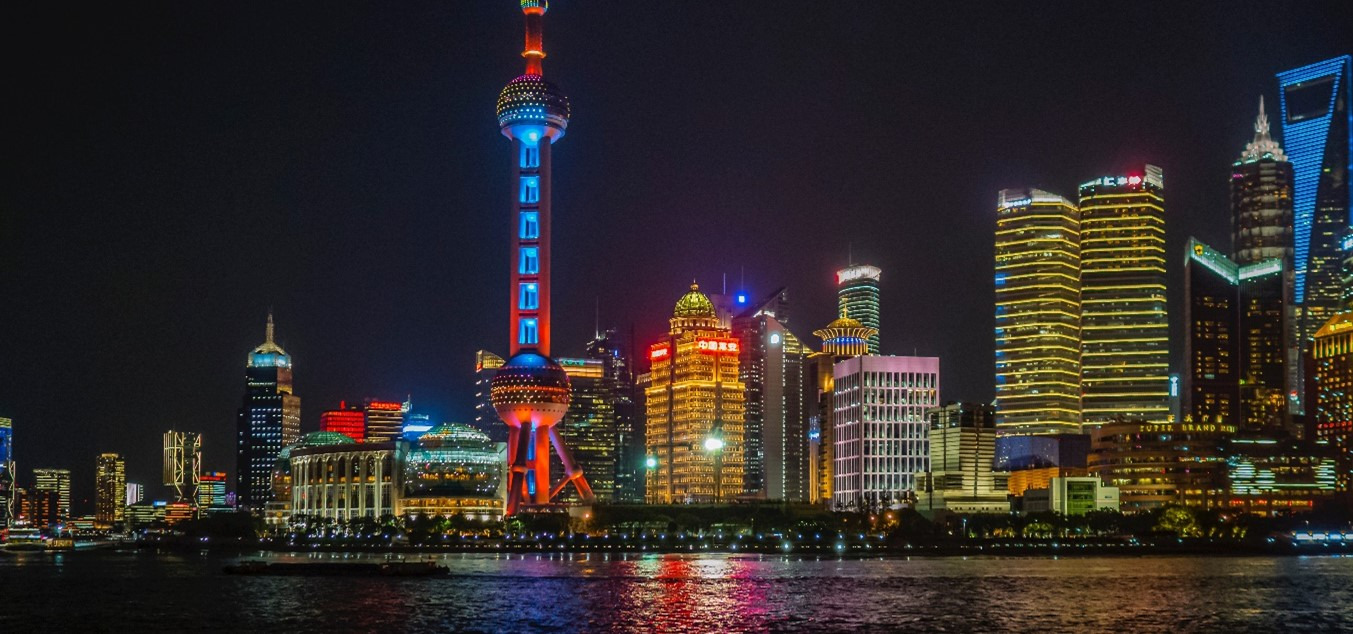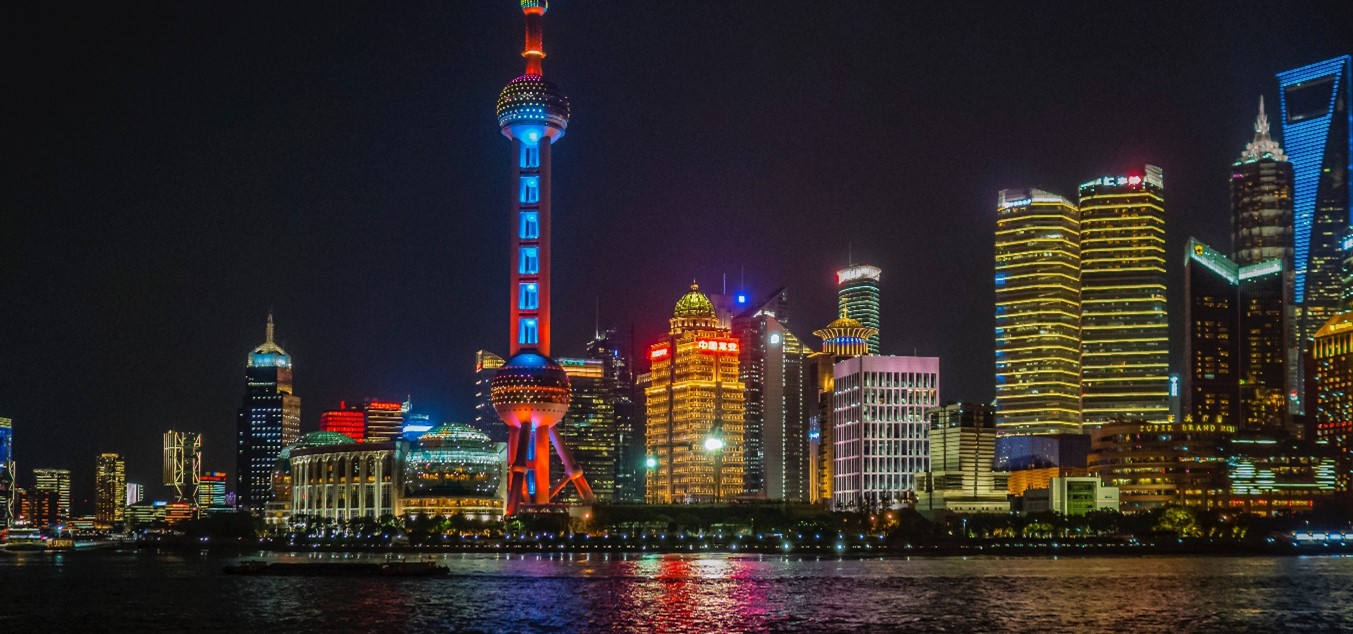
A Liberal-to-Realist Shift in US-China Relations

Ben Mellor
_____________________________________________________________________________
This is part of University of Nottingham IPE & Global Development Coursework [2 of 3]
Over the past decade, the world has seen the largest shift in US-China relations since its normalisation in 1979. Historically, both states have been amicable partners in investment and trade, however, despite continued trading the relationship is more contested than ever.
This post will look at the International Relations (IR) theories which underline the approach these nations take to one another, and how the cooling relations may be a result of changing ideological dominance.
Since the end of the Second World War, there has been a ‘liberal’ world order which emphasized development through the means of free trade. While variants of this order have come and gone (such as Embedded Liberalism, and Neo-Liberalism, see here) it kept a hegemonic grip on world leaders until the populist shockwave of 2016.
This shockwave consisted of the joint success of Brexit and the election of Donald Trump as US President. Both movements found a strong basis within nationalism, particularly economic nationalism to promote local industries and reduce interdependent trade; with their worst-case scenario being economic globalisation, due to its undermining of national interests.
Four forms of Economic Globalisation
|
Trade |
Production |
|
Finance |
Labour Migration |
When it comes to the US-China relationship, they are deeply integrated in most areas above; with the US accounting for 17.1% of China’s exports (the highest share), and many US companies having manufacturing outsourced to China. This mutual growth came from the time of dominant liberal ideology.
Indeed, this theoretical viewpoint has been of massive benefit to China, as foreign direct investment allowed for rapid growth in its GDP:
Other than the ‘strategic ambiguity’ over the US’s Taiwan policy, there had never been any direct animosity between the two superpowers until Trump’s election. However, one of the first examples of the shift from Liberal to Realist ideology came just three days into his Presidency, with the withdrawal from the TPP (Trans-Pacific Partnership) due to a perception of it undermining economic independence.
This undermining, however, is exactly what trade agreements such as TPP are designed to do. It is part of Liberal thinking (especially post-1945) that complex interdependency means that military action against fellow nations would be domestically damaging, acting as a deterrent. And additionally, by forcing improvement of one’s comparative advantage, it will lead to further development.
As the shift towards a Realist view becomes dominant in the world, US-China relations will likely continue to get worse. This has already been showcased in the trade war which has taken place since Trump imposed tariffs and other barriers on Chinese goods in 2018, with the aim of securing “fair trade” for the US instead of simply ‘free trade’.
To conclude, as Liberal IR thinking continues to decline, it has led to states shying away from multilateralism and interdependence. This is very clear in US-China relations, where a once mutually beneficial relationship now looks like a toxic marriage – with differences over Taiwan and global order becoming ever more stinging.
Ben Mellor
_____________________________________________________________________________
Featured image courtesy of Alexander Schimmeck via Unsplash. Image license found here. The image has been cropped vertically.
Post a comment